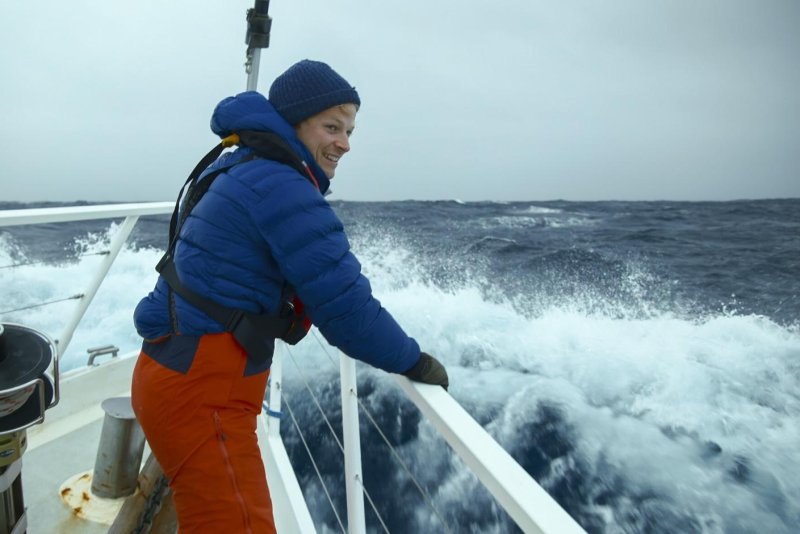BP's CEO resigns as investigation into personal relationships continue

Hadley Gamble (L) of CNBC listens to Bernard Looney (R), CEO of BP, during a session at Abu Dhabi International Petroleum Exhibition and Conference on October 31, 2022. Looney resigned from BP.
File Photo by Ali Haider/EPA-EFE
Sept. 13 (UPI) -- BP, one of the world's leading oil and gas producers, said that CEO Bernard Looney has announced his resignation as a renewed investigation started into his relationships with company colleagues.
The company said that Looney, whose resignation was accepted immediately, did not fully disclose the nature of his relationships last year when its board and outside counsel first looked at the relationship allegations in accordance to the company's code of conduct.
During its initial investigation, while the company found no code violations, Looney gave them assurance about his conduct and handling such incidents in the future.
"Looney has today informed the company that he now accepts that he was not fully transparent in his previous disclosures," BP said in a statement Tuesday. "He did not provide details of all relationships and accepts he was obligated to make more complete disclosure.
"The company has strong values and the board expects everyone at the company to behave in accordance with those values. All leaders in particular are expected to act as role models and to exercise good judgement in a way that earns the trust of others."
The company said it was tipped off anonymously about Looney's conduct with colleagues and an investigation about the latest allegations against Looney remained under investigation.
Looney, who started at BP as a drilling engineer and worked his day to the top of the company over the next 30-plus years, led a shakeup of the company's leadership when he became CEO and started reducing exploration and production of oil because of climate change commitments.
He then drew the ire of environmental groups when he said the ramping down of oil and gas production would happen more slowly and he initially planned.
Sept. 13 (UPI) -- BP, one of the world's leading oil and gas producers, said that CEO Bernard Looney has announced his resignation as a renewed investigation started into his relationships with company colleagues.
The company said that Looney, whose resignation was accepted immediately, did not fully disclose the nature of his relationships last year when its board and outside counsel first looked at the relationship allegations in accordance to the company's code of conduct.
During its initial investigation, while the company found no code violations, Looney gave them assurance about his conduct and handling such incidents in the future.
"Looney has today informed the company that he now accepts that he was not fully transparent in his previous disclosures," BP said in a statement Tuesday. "He did not provide details of all relationships and accepts he was obligated to make more complete disclosure.
"The company has strong values and the board expects everyone at the company to behave in accordance with those values. All leaders in particular are expected to act as role models and to exercise good judgement in a way that earns the trust of others."
The company said it was tipped off anonymously about Looney's conduct with colleagues and an investigation about the latest allegations against Looney remained under investigation.
Looney, who started at BP as a drilling engineer and worked his day to the top of the company over the next 30-plus years, led a shakeup of the company's leadership when he became CEO and started reducing exploration and production of oil because of climate change commitments.
He then drew the ire of environmental groups when he said the ramping down of oil and gas production would happen more slowly and he initially planned.










